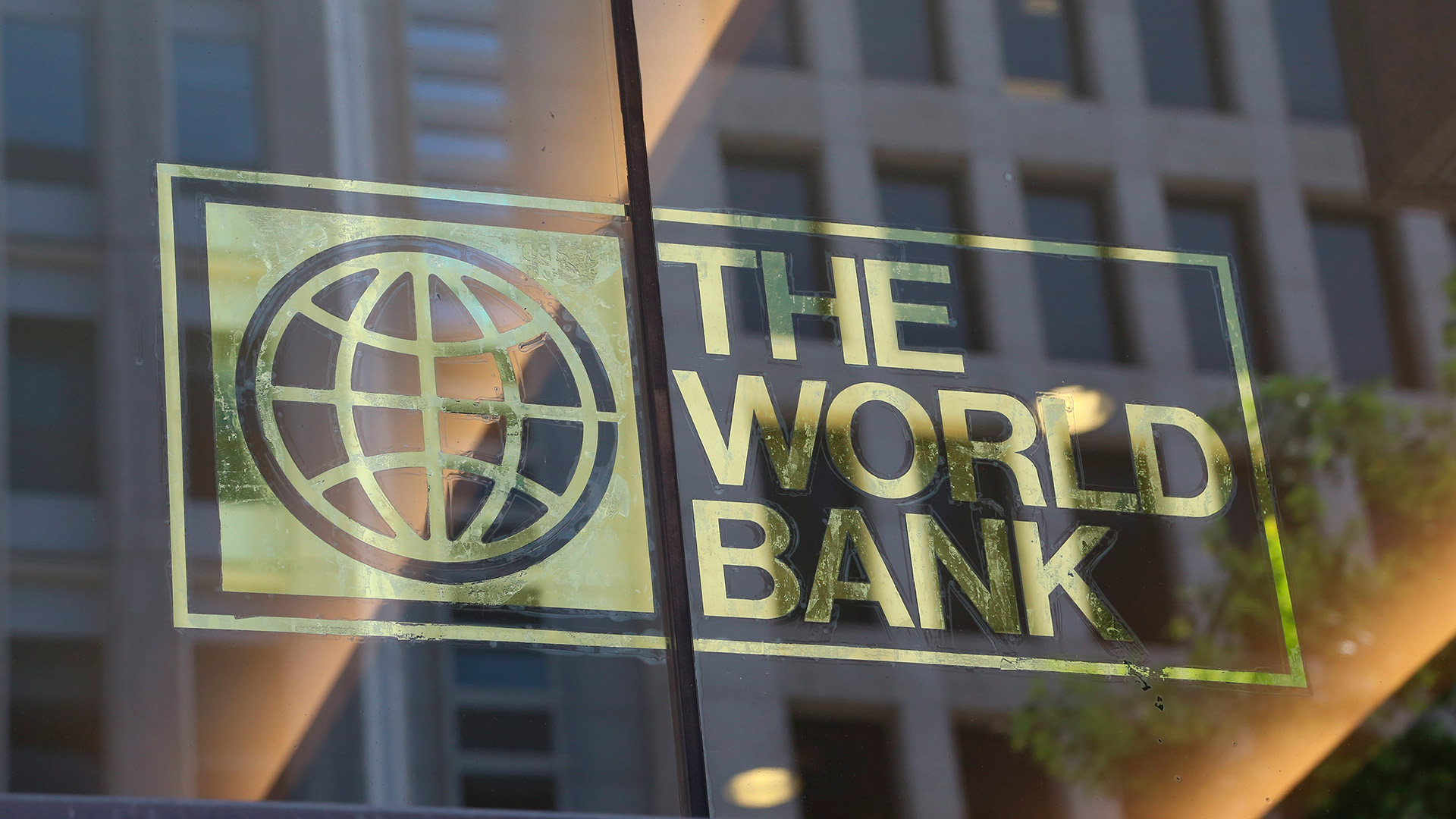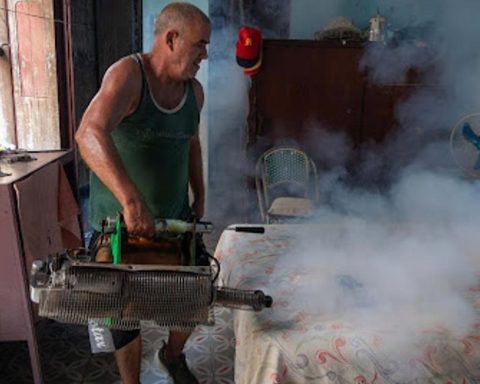The World Bank (WB) presented this Tuesday the World Economic Outlook report, in which it lowers its growth forecast for Nicaragua in 2022 and 2023, in a context in which it introduced changes to its forecasts for the entire region, warning of the risk of stagflation that threatens several economies.
The term refers to a situation in which economies stagnate while inflation rises, which translates into rising unemployment and poverty, even among those who keep their jobs, because they lose purchasing power. In the case of Nicaragua, the World Bank now forecasts that the gross domestic product (GDP) will grow 2.9% and 2.3% in 2022 and 2023, which is lower by 0.1 and 0.2 percentage points, compared to its forecast last January. , in which he established it at 3.0% and 2.5%.
Similarly, this week, the Economic Commission for Latin America and the Caribbean (ECLAC) lowered its growth forecast for Nicaragua, from the 3.0% that he calculated at the beginning of the year, down to the 2.5% it points to now. The main reason for this change is the Russian invasion against Ukraine.
In the case of Latin America, the Bank lowered its growth expectations for the region, from the 2.6% and 2.7% that it forecast at the beginning of the year, versus the 2.5% and 1.9% that it announces now, also due to the effects that the decisions military of the Kremlin against kyiv, generate on the global economy.
“The war in Ukraine is having considerable effects on the region through rising commodity prices, and weakening global growth. The export earnings and fiscal position of some regional commodity exporting countries are benefiting, but the positive economic effects are offset by rising consumer pricesa weaker confidence and the increase in interest rates, ”says the multilateral organization.
Inflation continues to rise
In the second element of their warning (that is, inflation), the Bank’s experts point out that it “has risen well above central bank targets in many Latin American and Caribbean countries, and has exerted financial pressure about homes. General measures to tackle inflation, as well as food and fuel prices, have accelerated rapidly.”
In the case of Nicaragua, the inflation of 4.05% accumulated to the month of April, (the interannual already adds up to 9.95%), which is detailed by the Central Bank of Nicaragua (BCN), is manifested in a rise in food prices such as rice, beans, corn, sugar and bulk oil, which are essential in the diet of the segments with less purchasing power.
In the same way, and although some weeks the price of fuel is frozenthe increase in production costs, as well as the prices of some products on the world market, also threaten the food security of many families.
“The prices of the main exports of Latin America and the Caribbean will be substantially higher in 2022”, says the Bank, coinciding with the forecast of the Central American Institute of Business Administration (Incae). The benefits for growth will be “limited by a slow response of the production of some basic products, and by the increase in the costs of inputs, including energy”. and the fertilizers“, Add.
In summarizing the risks, the World Bank mentions “the indirect effects… due to the attenuation of world growth, greater food insecurity and social unrest, higher-than-expected inflation and constant financial tensions. Slower-than-expected growth in Latin America and the Caribbean’s main trading partners would further weaken regional prospects.”
It is also noted that “global fertilizer shortage linked to the war in Ukraine could exacerbate rising food prices, leading to social unrest. Inflation could remain well above the targets”, which would make it necessary to apply a more rapid tightening of monetary policies.

















